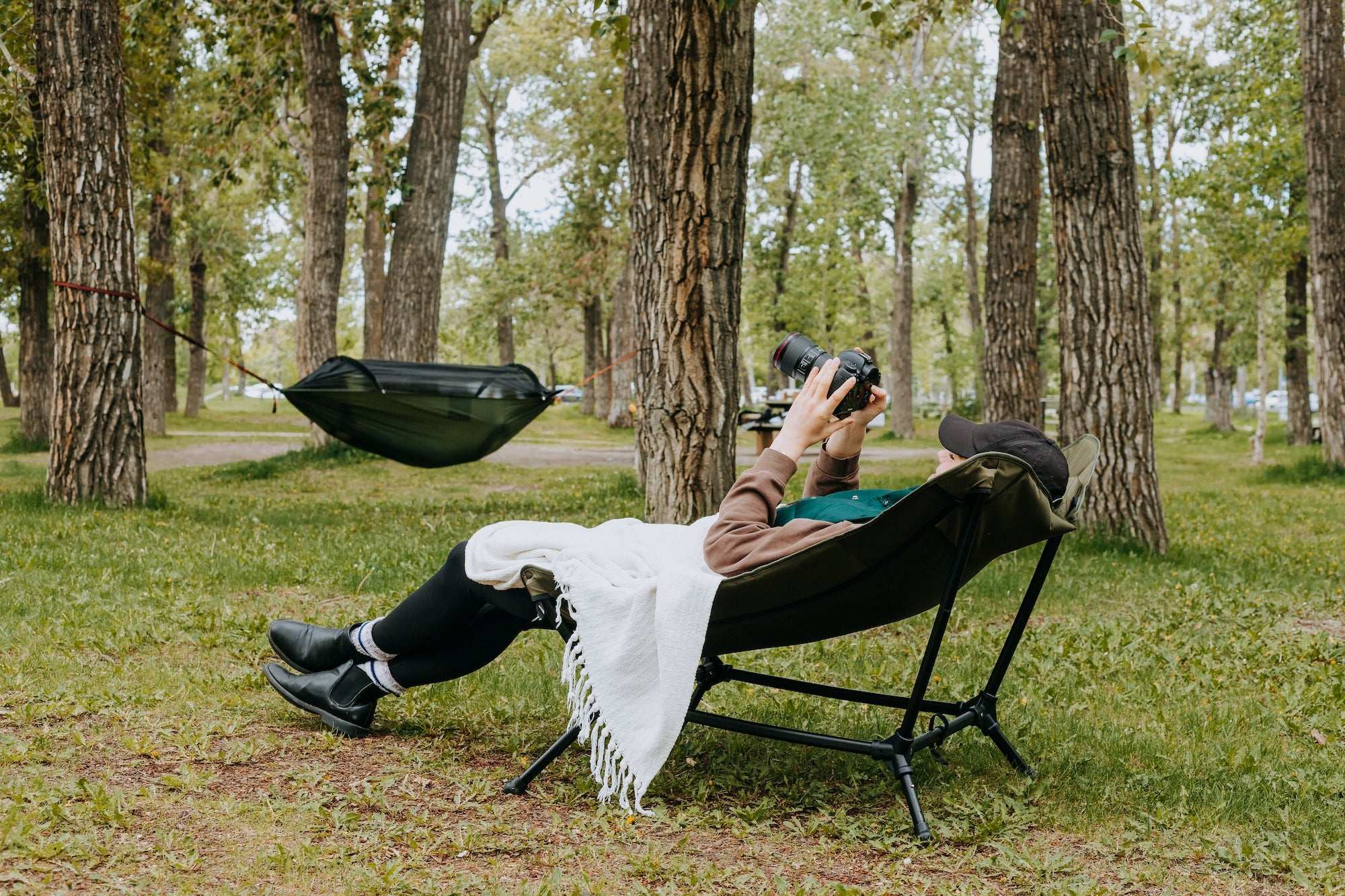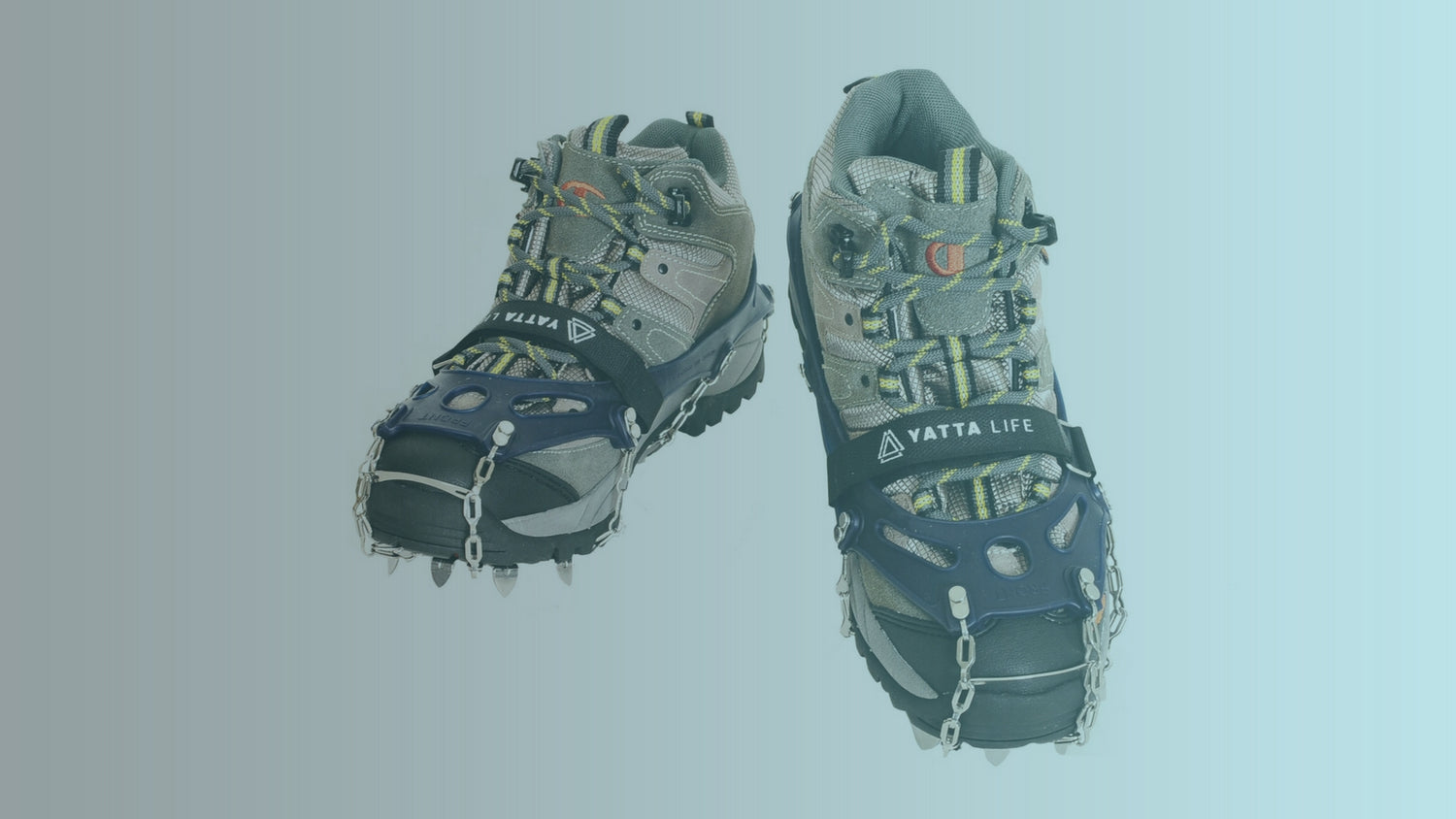If you’re planning to do a lot of hiking and running this winter on snow- and ice-covered trails, then you’ve probably considered a number of different options – everything from rugged snow boots to crampons. But there’s an affordable, mid-range solution that offers the best of both worlds: spike traction systems. They typically include a rubber upper for sliding over a shoe or boot, together with a metal chain featuring cleats or spikes that fits over the bottom of your shoe.
But what exactly makes a good spike traction system?
Factor #1: Fit, ease and convenience
The first factor to keep in mind when buying a pair of trail spikes is fit, ease and convenience. Most of the better spike traction systems now available to outdoor enthusiasts, such as those from Yatta Life, are designed to be worn over a wide variety of shoes and boots and can be adjusted to exactly the right size.
This flexibility means you can use the same ice grips for running shoes as you would with hiking boots. You also want to keep in mind portability – is the spike traction system designed to be carried around in a light, compact bag? You’re really looking for a snow grip solution that can be worn over both shoes and boots and taken everywhere.
Factor #2: Gripping ability on snow and ice
Here is where we get to the real allure of ice spikes – they enable you to go off-road during extreme winter conditions. That’s why they are sometimes referred to as ice cleats, trail spikes and ice grippers – they are designed to give you all-weather traction. If you want to go running during the middle of winter on your favorite trails, they will give you the sure footing that you require.
Here you have a choice of two main options: spikes or coils. For example, the popular YakTrax have metal coils attached to a metal chain that fits over the underside of your shoe, while the equally popular spike traction systems from Kahtoola and Yatta Life have metal spikes and shoe chains. These spikes are designed to dig into hard, packed surfaces and give you enough traction on icy surfaces.
In general, the trail spikes are best for extreme conditions, slippery and icy surfaces and inclined surfaces (e.g. hills). In contrast, the metal coils are good for packed snow and on trails where the ice may be found only in isolated patches. The metal coils are also better for traversing hard pavement surfaces (you can do the same with metal spikes, but you will wear down and dull them over time).
Factor #3: Sturdiness
Finally, a good spike traction system needs to be sturdy and hold up, winter after winter. Always read the reviews for these shoe grip products because some of the more affordable options have thin rubber uppers that tend to stretch and slip over time. Also, check the placement of the spikes on the traction surface and make sure that that they are made from materials such as steel that are best for gripping extreme surfaces.
Putting all of this together, you can see that the best snow grips for your shoes are those that are easy and convenient to use, give you plenty of gripping action even under the most extreme winter conditions, and are sturdy enough to hold up during a long Canadian winter.




Leave a comment
All comments are moderated before being published.
This site is protected by hCaptcha and the hCaptcha Privacy Policy and Terms of Service apply.